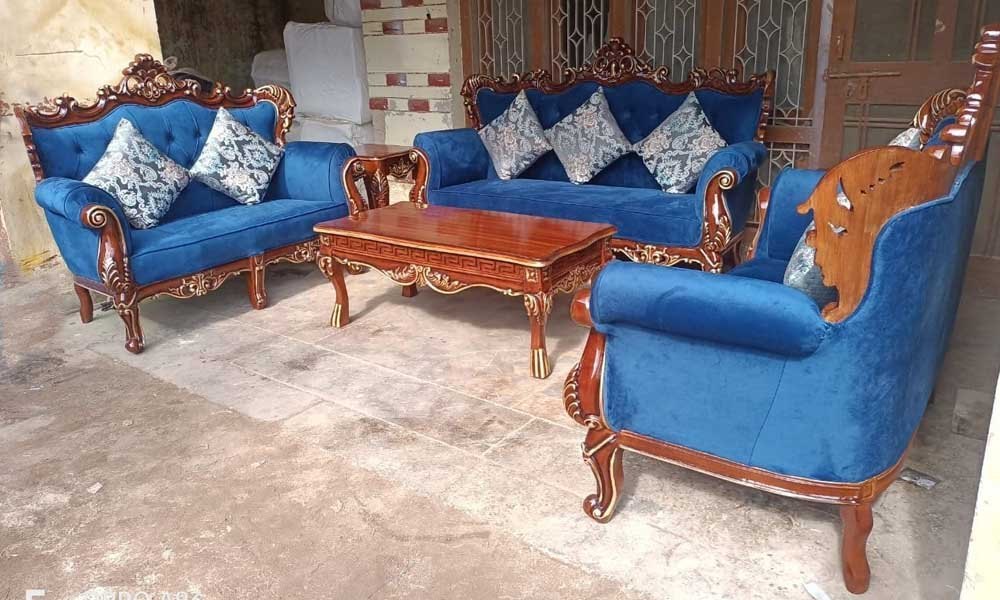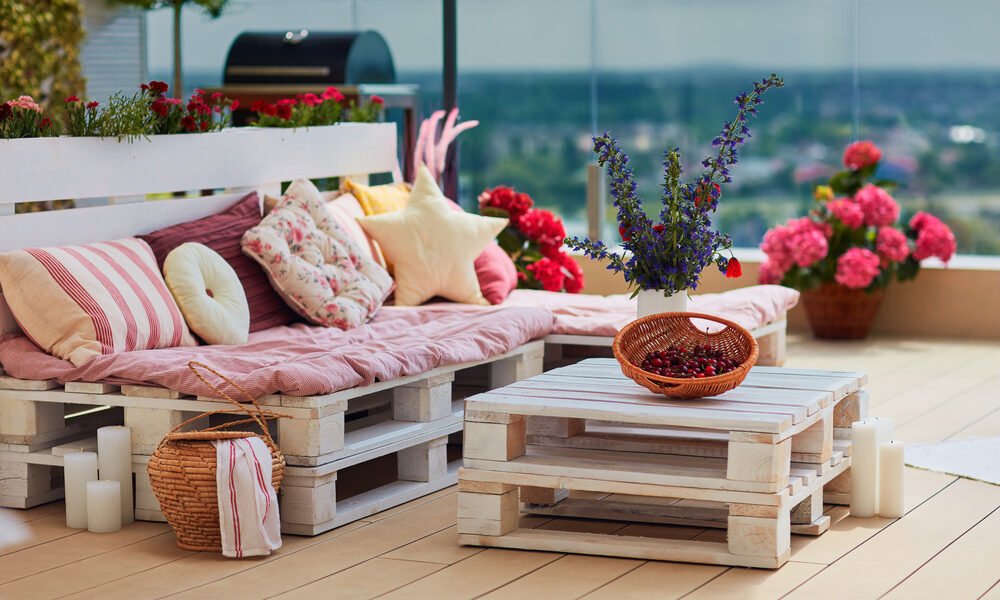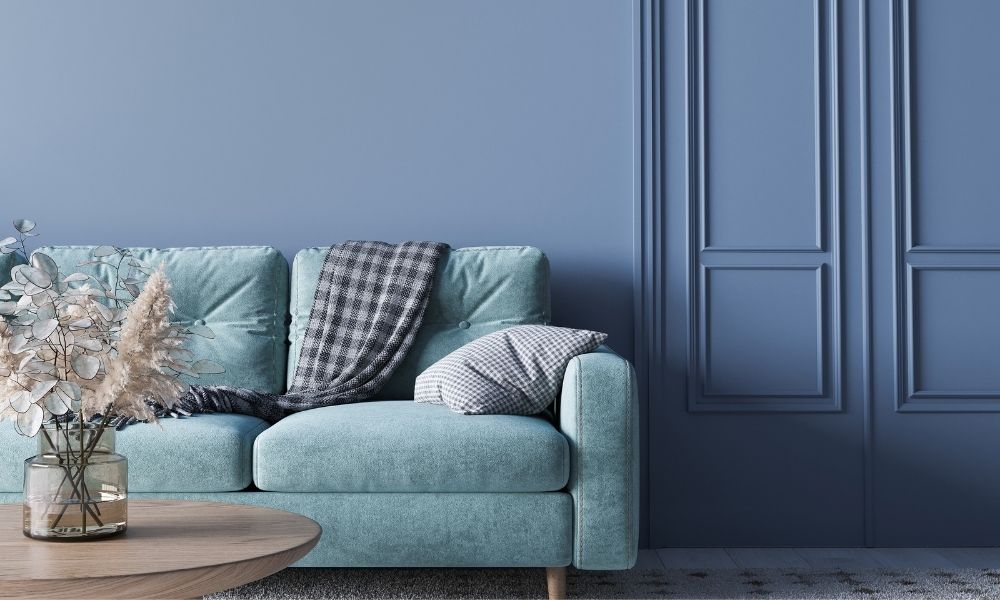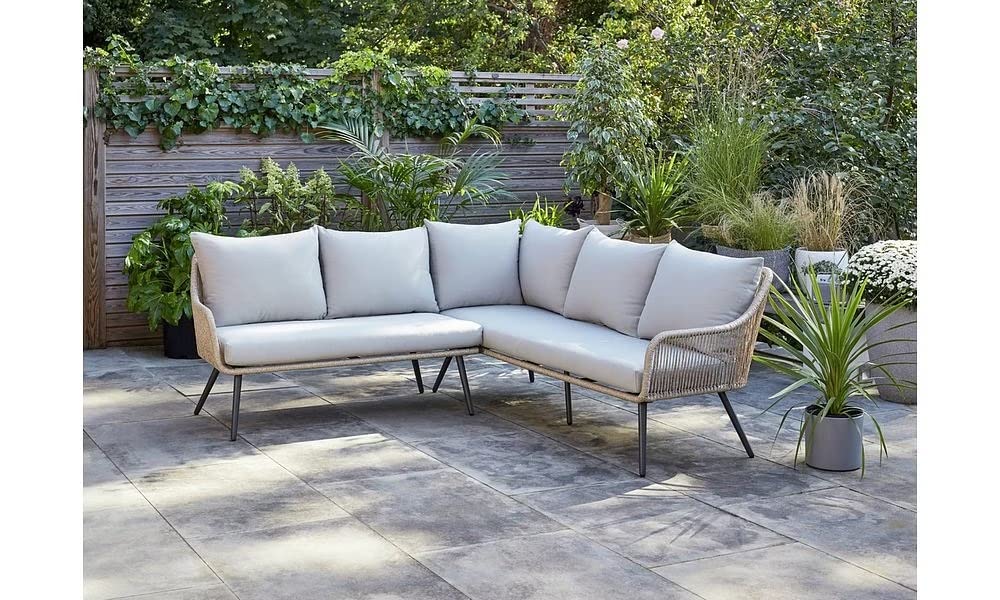Furniture plays a vital role in creating a comfortable and aesthetically pleasing living space. It not only serves a functional purpose but also adds character and style to our homes. Designing your ideal space involves careful consideration of furniture selection, placement, and overall design. In this article, we will explore the art of furniture and provide tips on how to create a harmonious and inviting environment.
1. Define your style
Before embarking on any furniture design project, it is essential to define your style. Whether you prefer a modern and minimalist look or a more traditional and cozy atmosphere, understanding your personal taste will guide your furniture choices. Take inspiration from interior design magazines, websites, or even visit furniture showrooms to gather ideas and identify the style that resonates with you.
2. Consider functionality
While aesthetics are crucial, functionality should not be overlooked when selecting furniture. Consider the purpose of each room and the activities that will take place there. For example, a living room should have comfortable seating options, a dining room requires a table and chairs suitable for gatherings, and a bedroom necessitates a comfortable bed and storage solutions. Prioritize furniture pieces that fulfill both your aesthetic and functional requirements.
3. Create a focal point
A well-designed room often has a focal point that draws attention and sets the tone for the space. Furniture can play a significant role in creating a focal point. It could be a statement piece, such as an eye-catching sofa or a unique dining table. Positioning furniture strategically to highlight this focal point can enhance the overall visual appeal of the room.
4. Pay attention to scale and proportion
Proper scale and proportion are essential elements in furniture design. Ensure that your furniture choices are appropriate for the size of the room. Large furniture in a small space can make it feel cramped, while small furniture in a large room may seem insignificant. Strike a balance by considering the room’s dimensions and the furniture’s proportions to create a harmonious and well-balanced space.
5. Experiment with color and texture
Color and texture add depth and visual interest to any room. Experiment with different color schemes that complement your overall design concept. Consider the mood you want to create warm and cozy, serene and tranquil, or bold and vibrant. Additionally, incorporate various textures through upholstery, fabrics, and materials to create a tactile experience that adds richness to the space.
6. Pay attention to details
Details can make all the difference in furniture design. Pay attention to the small elements that can elevate the overall look of the room. Consider the hardware on cabinets and drawers, the stitching on upholstery, and the finishes of the furniture. These subtle details contribute to the overall aesthetic and demonstrate a thoughtful approach to design.
7. Arrange furniture for flow and functionality
Once you have selected your furniture pieces, arranging them in a way that allows for smooth traffic flow and optimal functionality is crucial. Consider the natural pathways in the room and ensure that furniture placement does not obstruct movement. Aim for a balanced and visually pleasing layout that facilitates conversation and interaction.
Designing your ideal space through furniture selection and arrangement is a creative process that requires careful thought and attention to detail. By defining your style, considering functionality, creating a focal point, paying attention to scale and proportion, experimenting with color and texture, attending to details, and arranging furniture for flow and functionality, you can create a space that reflects your personality and provides comfort and joy for years to come.




